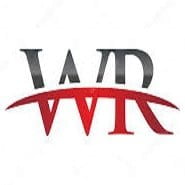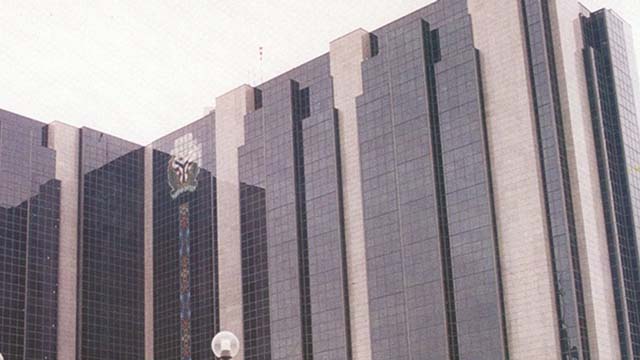-

-
Wikirise.com Advertise with Us HereStats: 4,783 members, 41,615 Posts
Number of Comments : 2,630
Date: Sunday, 24th November 2024
Nigeria’s external reserves shed $1.37b in H1, amid spike in June
By Godwin Emmanuel - July 5, 2022 | Categories: Business Tags: Nigeria
Share this post:

There was a breather for Nigeria’s external reserves after all as the figures gained $671.6 million or 1.74 per cent to close in June at $39.15 billion.
Notwithstanding, the positive growth in the month could not make up fully for the free fall witnessed in the past few months.
Hence, the figures came off the first half (H1) of the year depleted by as much as $1.37 trillion, which amounts to a 3.4 per cent year-to-date (YTD) shortfall.
The country’s reserves closed 2020 at $40.52 billion but slipped to $39.15 billion as of the end of last month. In recent years, the reserves had buckled under intense pressure owing to rising imports and lean foreign exchange (FX) earnings.
But with international oil prices responding positively to Russia’s invasion of Ukraine, the country’s petroleum product import bill has increased tremendously, cancelling out the supposed gains of rising crude prices.
In its report on the country’s economy, the World Bank said Nigeria has not been able to convert the gains of bullish crude prices because of the hole created by fuel subsidy in its revenue.
The movement of the country’s external reserves in H1 follows a recent historical trend. Last year, the figures lost $2.05 billion of 5.8 per cent in the corresponding half-year, a steeper fall than experienced this year.
Similarly, 2020 H1, which was mostly affected by the COVID-19 pandemic global economic shutdown, saw the external reserves plummet by 6.25 per cent.
In absolute terms, about $2.4 billion was wiped off the reserves as the country, like others, sacrificed the economy to save its lives. Then, the volume of imports had scaled down but the prices of crude were near zero as manufacturing plants across the globe were grounded.
The current reserves exceed pre-COVID figures (end of 2019) by a little above half a billion dollars. In percentage terms, the country is marginally ahead of its December 31, 2019 position reserve position with 1.5 per cent.
The country’s foreign reserve holdings are a 40 per cent shortfall of their all-time-high (ATH) of $64.85 billion recorded on September 8, 2008. The golden era of the country’s reserves remained from 2007 to 2008; the fast growth pattern and stability of the reserve account have not been replicated since then.
Meanwhile, the naira continues its lacklustre performance in the parallel market. In the past two weeks, the domestic currency has traded between N610 and N615 per dollar while the rate at the Investors’ and Exporters’ (I$E) remains at about N415.
Thus, the market arbitrage, an incentive for profiteering activities and other manipulation, has widened to N200 per dollar.
Local economists and other interest groups have called for rate convergence to narrow the black market premium and put an end to the historic static disequilibrium often (partly) blamed for the low interest in foreigners in the domestic market.
The World Bank and the International Monetary Fund (IMF) have also called for rate harmonisation, warning that multiple exchange rates would continue to harm the economy. The organisations have sought reforms to liberalise and achieve a market-clearing rate.
But the central Bank of Nigeria (CBN) has argued that the country cannot afford a clean floated exchange rate regime in a market where supply is a far cry from demand.